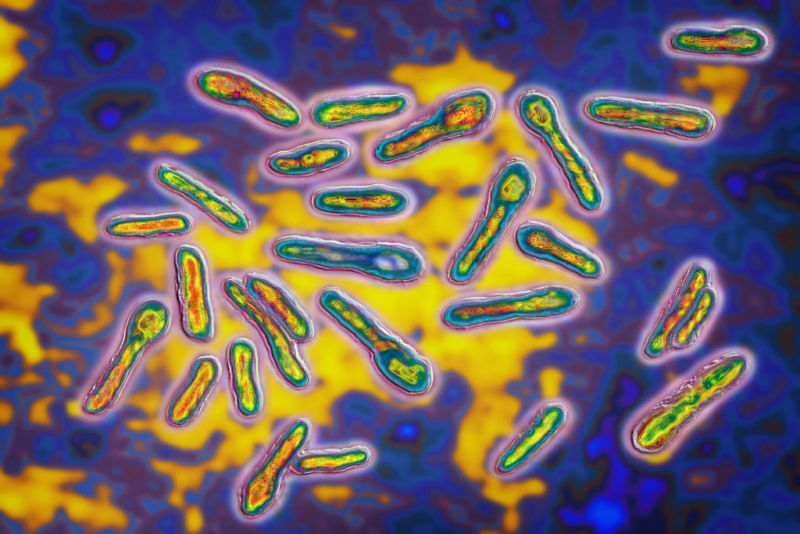New antibiotic found in bacteria inside a worm inside an insect egg

Enlarge (credit: BSIP/Universal Images Group)
The last antibiotics generated against Gram-negative bacteria-which tend to be the more dangerous type-were developed in the 1960s. Thanks to the rise of antibiotic resistance, we need more. But rather than going through the trouble of trying to make our own, scientists have looked to other species that might need to kill the same bacteria that we do-we can just swipe theirs. Our own guts and soil bacteria have yielded a few recent hits.
The latest organisms that researchers have looked to are bacteria in the microbiomes of roundworms that parasitize insects (technically termed enteropathogenic nematodes). They were considered promising candidates because the worms invade insect larvae and release bacteria. Those bacteria then have to fend off the ones already living in the insect larva, as well as all the other bacteria the nematodes just spewed out. Conveniently for us, those species include common pathogens in our own guts, like E. coli.
Usually, when microorganisms are being screened to see if they make effective antibiotics, they are grown on a plate along with the pathogenic bacteria to see if the ones being screened thwart the growth of the ones being targeted. The species taken from the nematodes' guts did not stop the growth of E. coliin this traditional assay. But the scientists speculated that maybe they still made antibiotics, just not at high enough levels.
Read 5 remaining paragraphs | Comments